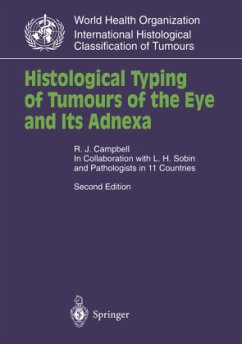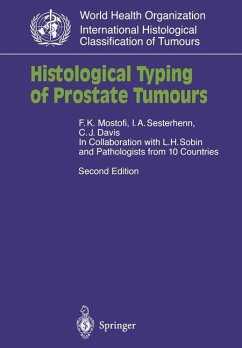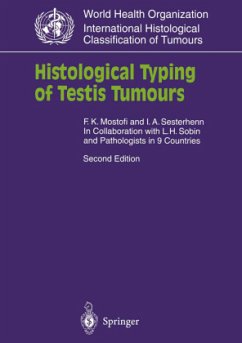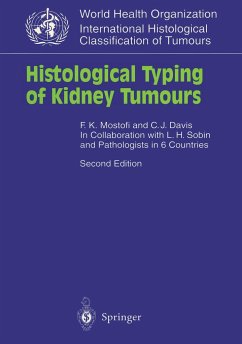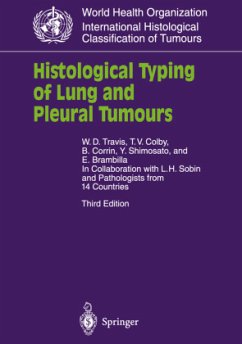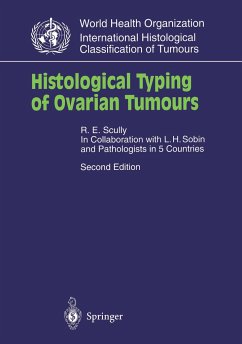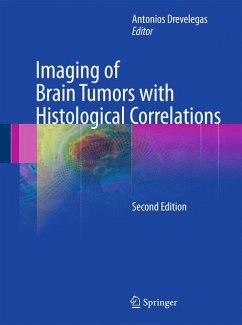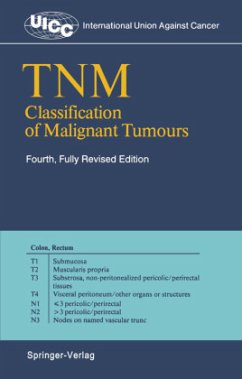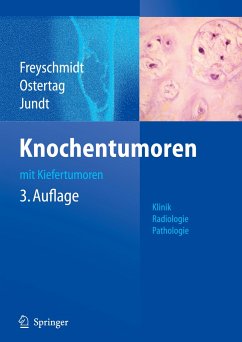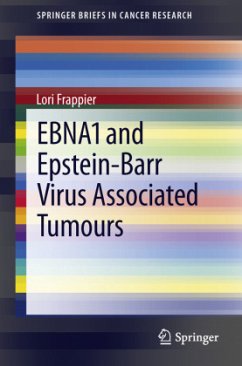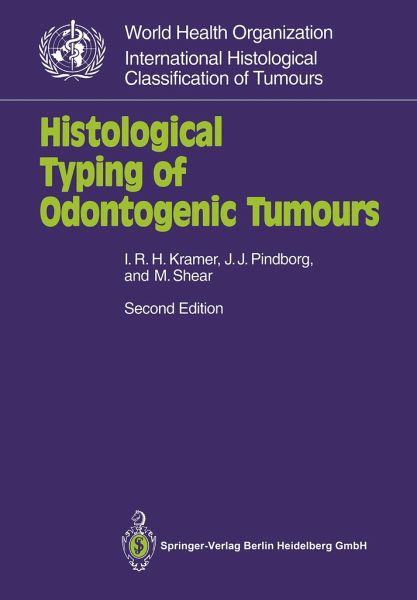
Histological Typing of Odontogenic Tumours

PAYBACK Punkte
60 °P sammeln!
Inter-relationships of the Dental Tissues The tooth germ has three main components -the enamel organ, the dental papilla and the dental follicle (Fig. 1). The enamel organ is an epithelial structure derived from the ectoderm that lines much of the oral cavity. The dental papilla and the dental follicle are ectomesen chymal (mesectodermal), being partly derived from cells that mi grated from the neural crest early in embryogenesis. Both the gross morphology of the tooth germ and the differentiation of its cells de pend upon a complex pattern of inductive interactions between the epithelium and ...
Inter-relationships of the Dental Tissues The tooth germ has three main components -the enamel organ, the dental papilla and the dental follicle (Fig. 1). The enamel organ is an epithelial structure derived from the ectoderm that lines much of the oral cavity. The dental papilla and the dental follicle are ectomesen chymal (mesectodermal), being partly derived from cells that mi grated from the neural crest early in embryogenesis. Both the gross morphology of the tooth germ and the differentiation of its cells de pend upon a complex pattern of inductive interactions between the epithelium and the ectomesenchyme. The sites in which the teeth will form appear to be determined before the commencement of epithelial downgrowth from the oral epithelium to form the odontogenic epithelium. This epithelial downgrowth (the dental lamina ), the development of the enamel or gans of the individual teeth, and the morphology of each enamel organ, are controlled by the ectomesenchyme. The enamelorgan is responsible for the formation of enamel and comprises four layers: outer dental epithelium, stellate reticulum, stratum intermedium and inner dental epithelium (Figs. 1 and 2a).



